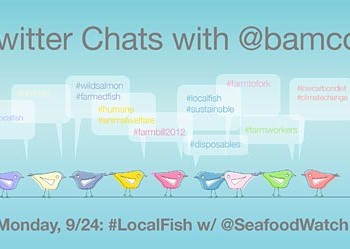Many Americans now know the names of the farms that grow their food, but even as we’re urged to eat more seafood for its health benefits, few of us can identify local species or the fishing operations that supply them. The time is ripe for local fish. Please join @bamco and @seafoodwatch for a Twitter chat on Monday, September 24, at 12pm Pacific.
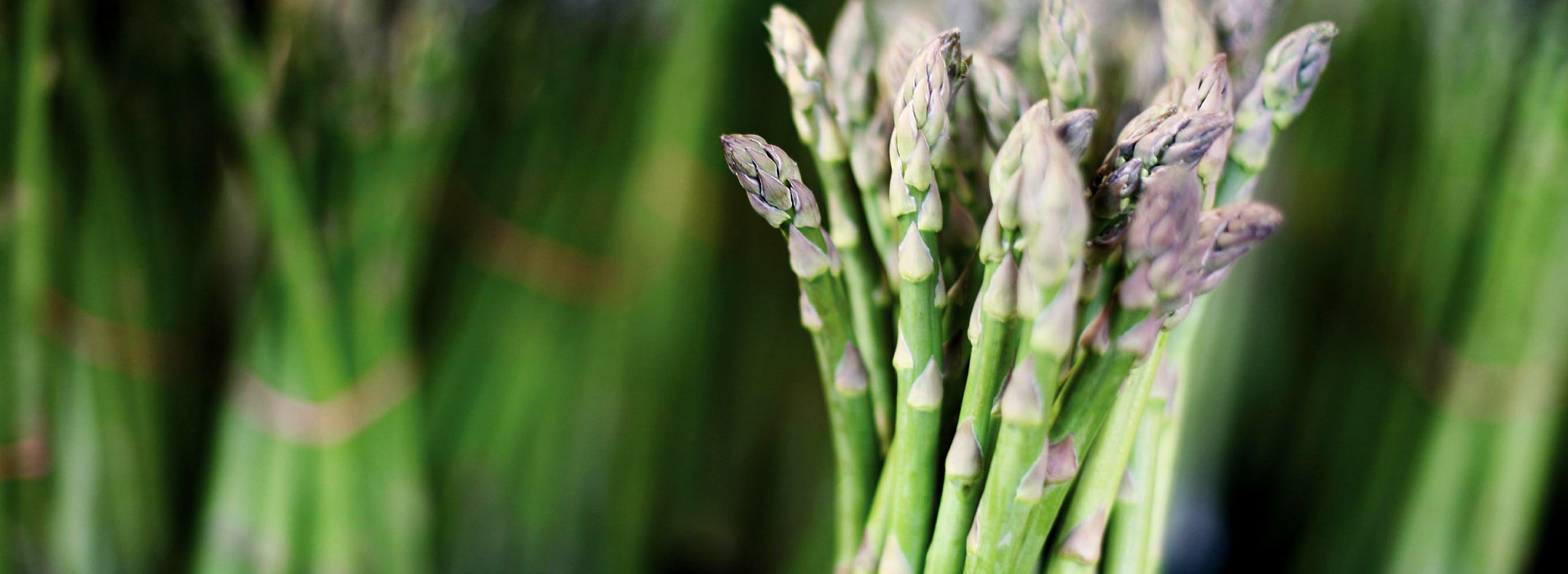
Blog: Sourcing
+ Blog Categories

What’s Growing On (Part Two): A Look at Three Corporate Kitchen Gardens
- Blog
At Bon Appétit, we love local food — just ask the thousand-plus small farmers, fishers, and artisans who supply us through our Farm to Fork program. Inspired by them, teams at many of our corporate accounts have started growing some of their own food.
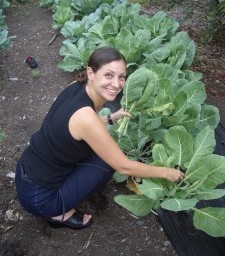
The real question about local food
- Blog
“Which is better for the environment and the economy — a tomato grown nearby or one from the supermarket?” That’s how USA Today starts off a recent piece titled “Local food is trendy, but is it really more eco-friendly?,” discussing two new books that claim to debunk the idea that it is. This argument is a pretty moldy one — it’s been floating around since we launched the Eat Local Challenge, back in 2005 — and it surprises me that anyone still likes to take a bite of it.
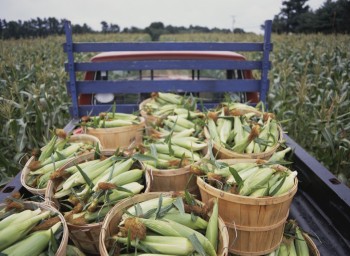
From the Cob to Café: Freezing Super Sweet, Farm to Fork Corn
- Blog
Although farmers planted corn in record numbers this year — the most acres since 1937 — the current drought affecting the Midwest means yields are predicted to be well below last year’s. However, very little of the corn planted in the Midwest is edible: most of it goes to feed animals or for fuel. But there are farmers who grow against the grain, so to speak. Last year, when Bon Appétit District Manager Sam Currie discovered Hutterian Brethren Farms had a surplus of the sweetest corn he’d ever had, he jumped at the opportunity to find a way for our accounts to use it.
Last Chance to Ask FDA to Regulate Antibiotics
- Blog
Among its many firsts, Bon Appétit Management Company was the first food service company to address the issue of antibiotic overuse in the meat supply. We don’t serve chicken, turkey, or hamburgers from animals that have been raised with the routine use of antibiotics in their feed or water, which is the default for most of the poultry, hog, and beef industries. CEO Fedele Bauccio, who served on the Pew Commission for Industrial Farm Animal Production, has several times briefed Congress and Capitol Hill staffers on why it’s urgent that the government safeguard these drugs that were developed to treat human illness. Yesterday, the Food and Environment Reporting Network‘s Maryn McKenna broke the story on ABC News that more than 8 million American women are at risk of recurrent bladder infections because of the overuse of antibiotics in animal agriculture. McKenna wrote […]

Going Beyond the Burger: Using the Grill for Fruit and Vegetables
- Blog
Summer is almost here and that means one thing: it’s time to move cooking outdoors. Grilling is a great way to infuse flavor into food while keeping your house cool. Burgers are the iconic grill food, but some of our local Bay Area chefs are getting much more creative and grilling everything from fruit to lettuce!
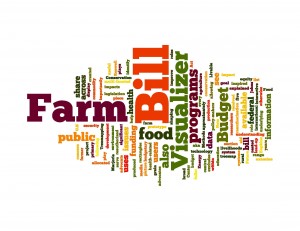
BAMCO CEO Joins Food Movement Leaders in Demanding Healthy Food and Farm Bill
Bon Appétit Management Company CEO Fedele Bauccio is proud to be among the 70 leading chefs, authors, food policy experts, nutritionists, CEOs, and environment and health organizations that have today sent an open letter to Congress urging lawmakers to revise the draft of the 2012 Farm Bill — which should more properly called the Food Bill, as it is the largest and most significant piece of legislation affecting what, how, and even whether Americans eat.

Employee Spotlight: Executive Sous Chef John E. Faulkner, aka Mr. Bon Appétit
- Blog
On a visit to Colorado College, I was sitting in the student center, working on some things while enjoying the atmosphere of being on a college campus, when Executive Sous Chef John E. Faulkner sat down next to me. John has been with Bon Appétit for more than 15 years. I wish I’d had a video camera running. Instead, these notes will have to try to convey the spirit of the man who claimed “I am Bon Appétit!”

Thomas Keller Has a Responsibility — to Set the Record Straight
I was surprised and disheartened to read comments by Thomas Keller in the New York Times that chefs’ only responsibility is to taste. “Is global food policy truly our responsibility, or in our control?” Keller asks. “I don’t think so.” I disagree, as do many others, and I am hoping that Keller’s statements were taken out of context. Chefs have an enormous power to make a difference, and they can do so without sacrificing flavor.

Fast vs. Slow Food: Two North Carolina Farm to Fork Vendors
- Blog
Recently I met two very different Farm to Fork suppliers for Bon Appétit accounts in North Carolina — about as different as you’d expect a fish distributor and a beef rancher to be. Yet they had one key thing in common that made partnerships with our teams work.
